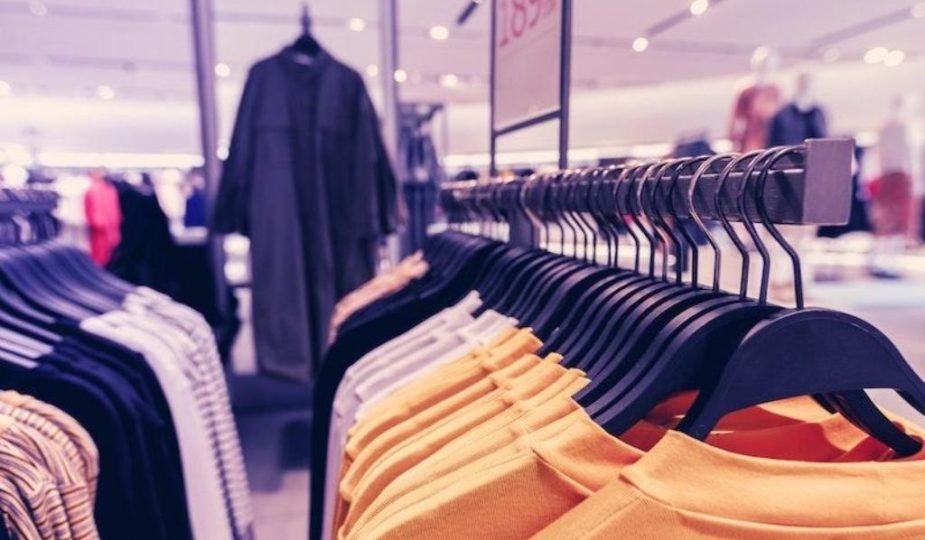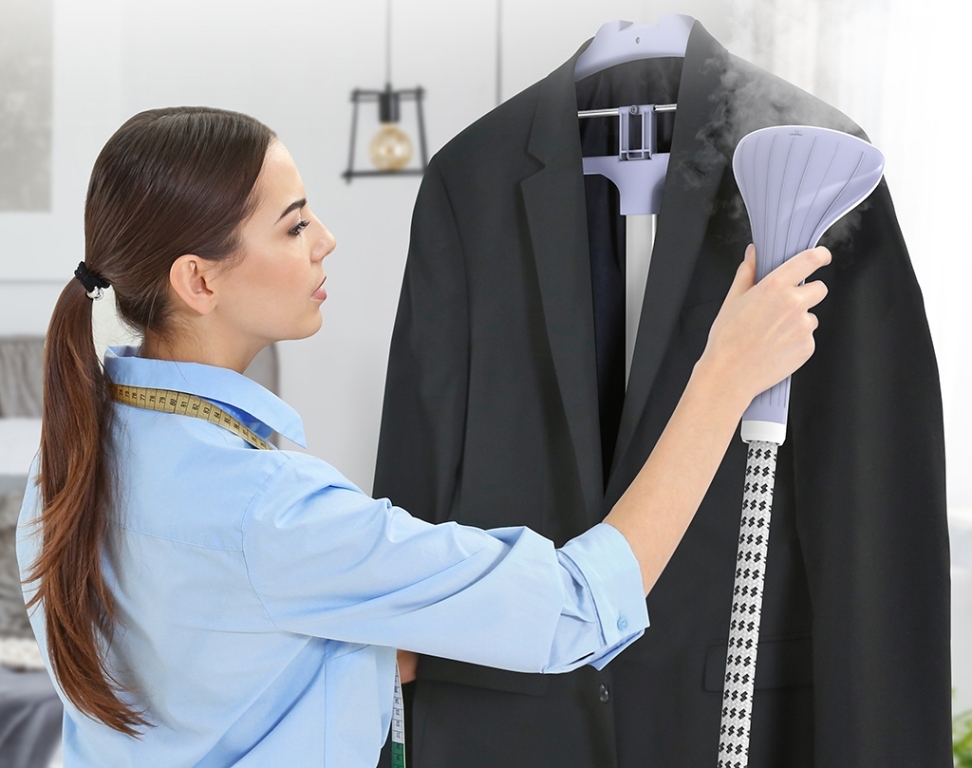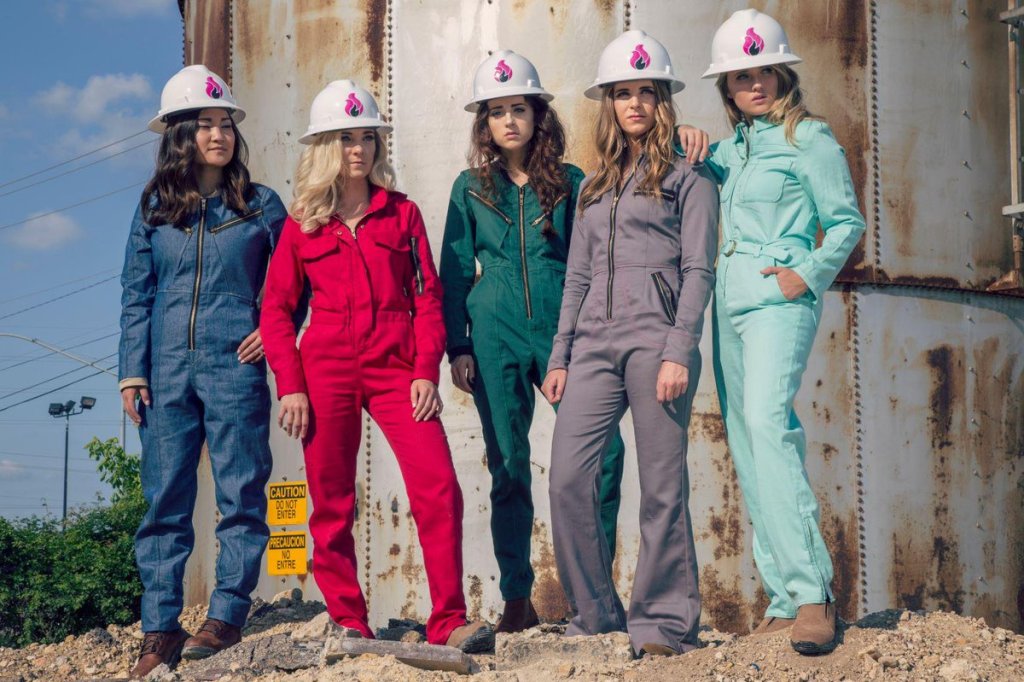
How to Select the Right FR Apparel?
Flame-resistant clothing is nowadays very crucial in factories and industries like the oil and gas industry. Employees who are indulged in such professions have to wear them regularly for maintaining their safety. This apparel is mainly used for self-extinguishing and protects the wearers even from a minor injury.
These apparels must go under a flame-resistant test, also known as the Vertical Burn Test, to make sure that it is appropriate and safe for usage. The motive of this test is to check how the textiles response when exposed to any source of standard ignition and provides data for afterglow time, char time, and after-flame time.
However, apart from its uses and how these apparels work, another important thing is to select the right FR apparel. You can seek help from a variety of FR outlet to pick the right FR garment as per your needs.
The following points must be followed to make the picking process easier for you:
1. Garment Protection Levels:
FR apparel is divided into two categories- primary and secondary. Primary apparel is mostly used in situations, the risk of injury from arc flash is high, which means when it falls under the HRC levels four and three. At the same time, these apparels are heavier gear just as an FR ‘flash suit’.

On the other hand, secondary garments are designed to protect the wearers from common hazard injuries, and that falls under the HRC levels one and two. Secondary apparel includes daily wear like pants, shirts, and coveralls.
2. If it is AR or FR:
Before buying your FR apparel you must understand the difference between AR and FR clothing. However, both of them are very familiar but still, there is a slight difference in their protection levels. AR, i.e. Arc-rated clothing protects the wearer from electric arc flash accidents. As arc flashes are sudden and release intolerable and extreme heat whilst there is any fault with electrical equipment.
These apparels along with resisting ignition, neither catch fire nor burn. However, FR clothing mainly protects the wearer from fire-related dangers. Unlike AR clothing, it cannot resist ignition. It can catch fire, but due to its self-extinguishing feature, it doesn’t allow for spreading the fire.
3. Flame retardant or flame resistant?
Both of them are designed to protect the wearer from fire and heat. Flame-resistant garments are primarily designed with materials that resist embers and flames. It will build a barrier between the fire and the skin of the wearer. Its main aim is to minimize the chances of injuries from the fire.

While on the other hand, flame-retardant designed with chemically treated materials. And it is this treatment that makes it flame-resistant. The material that was originally used is either made of cotton or cotton-blend. And it does the same job as any flame-resistant apparel. But the difference lies in the construction and design of their material.
4. Comfort, durability, and laundering:
It is very important to check that the FR apparel is comfortable enough to wear before buying. If the workers find it uncomfortable to wear, then there are chances that they refuse to use them while working. And the worker won’t feel safe and may feel unwilling to work, which can result in a lack of determination and efficiency.
Also, you must take care of the durability factor. So make sure that the apparel is appropriate to bear the elements of the gas and oil industry.
Another important factor is if it is easy to clean. If your workers are using it on a regular basis, then it is very important to clean them at a particular interval of time. So it must be easy to remove stains and flames and launder-friendly.
Conclusion
Hence, these are some factors that you must take care of before buying any FR apparel for your industry or even for yourself. So the next time you buy any FR clothing, make sure that it is suitable for your needs.









